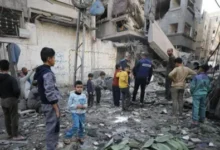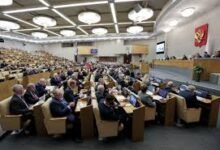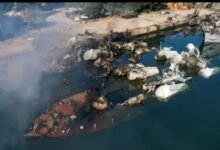Beirut violence fuels fears of return to civil war

For many other Lebanese people, the sudden eruption of sectarian clashes in the capital on October14 rang strident alarm bells.
Political tensions were very high, the economy was collapsing, electricity and fuel were almost non-existent, prices were soaring – and now gunmen were battling it out in the streets again.
Was the country teetering on the brink of another civil war?
One of many reasons why the clashes had such resonance was the location. The Christian suburb of Ain al-Remmaneh on the south-east edge of Beirut was where the civil war began in April 1975, after a series of incidents culminated in the shooting-up by Christian militiamen of a busload of Palestinians, killing more than 20.
For the next 15 years, Ain al-Remmaneh was on the front line of a mutating civil war, confronting the adjacent, largely Shia Muslim suburb of Chiyah.
It was from Chiyah that a band of Shia protesters triggered the clashes on October14 by rampaging into Ain al-Remmaneh chanting provocative sectarian slogans: “Shia, Shia, Shia!”
All seven of those killed in the ensuing gunfire were Shia, including some from the Iranian-backed Hezbollah movement and the allied Amal faction.
The incident triggered a virulent exchange of accusations and denials between the Hezbollah-led Shia alliance and the Christian Lebanese Forces (LF) party.
Hezbollah leader Hassan Nasrallah accused the LF of sending snipers to fire from rooftops in an attempt to kindle a civil war into which, he said, Hezbollah would not be drawn.
He warned that he could command 100,000 fighters, with the implication that he could trounce his opponents if he had to.
The LF leader, Samir Geagea, retorted that his party did not have a militia and was not seeking war.
He accused Hezbollah of trying to cover up involvement in the massive explosion at Beirut port in August last year by pushing for the dismissal of the investigating judge – the issue that prompted the Shia demonstration.
Back in 1975, few observers predicted that a full-scale civil war was about to erupt. And once it did, few of us imagined that it would go on in different forms for 15 years, creating fault lines which are clearly still there today. -BBC








